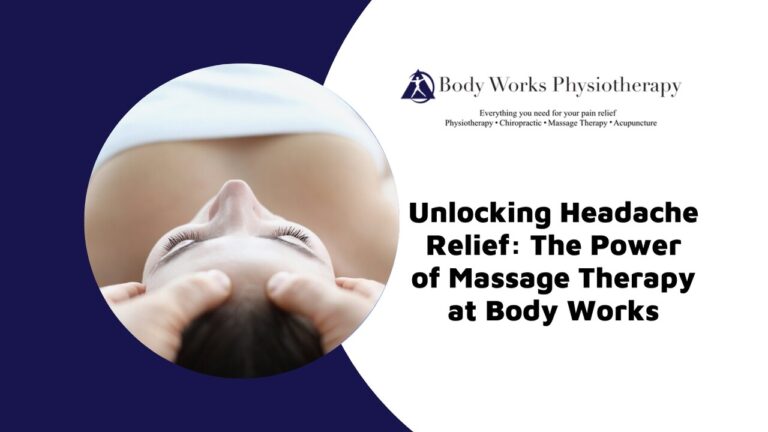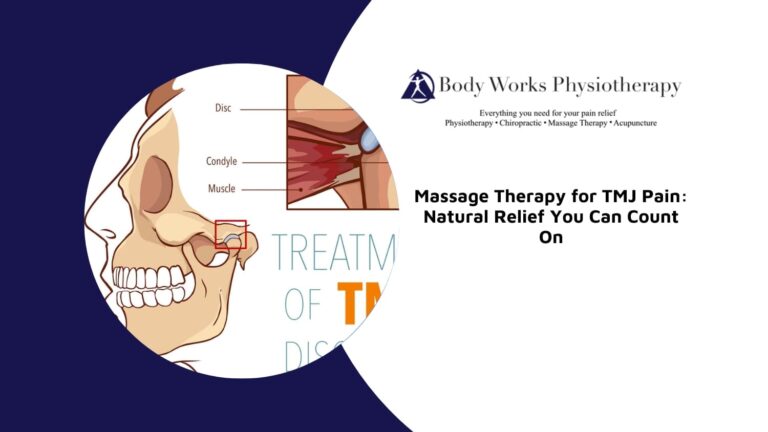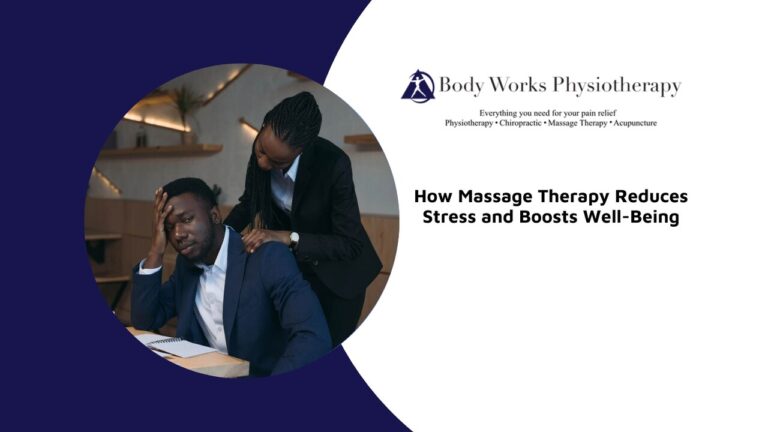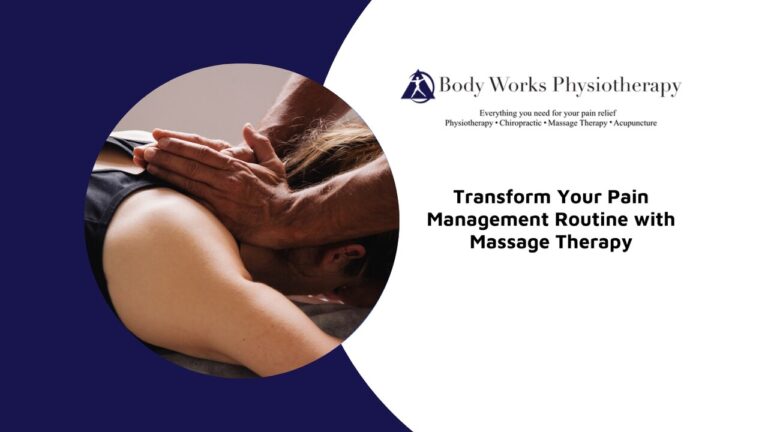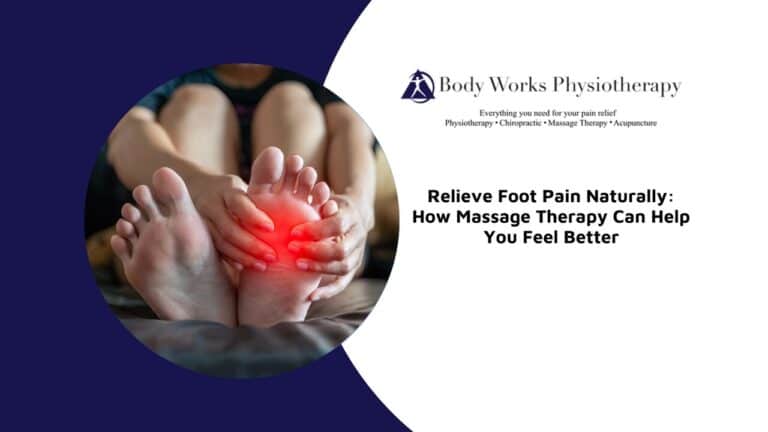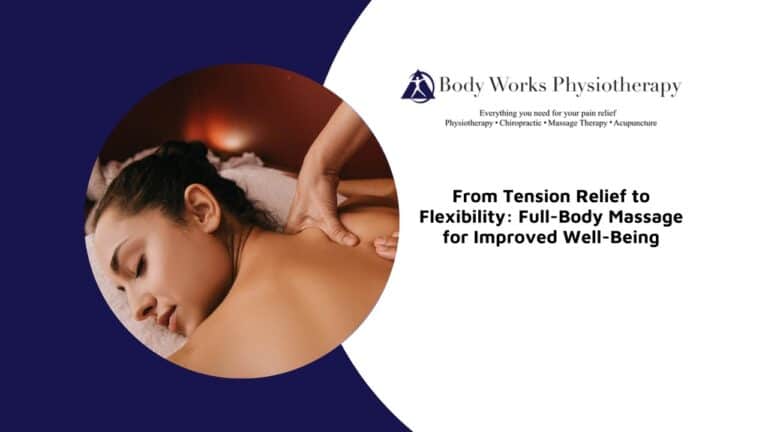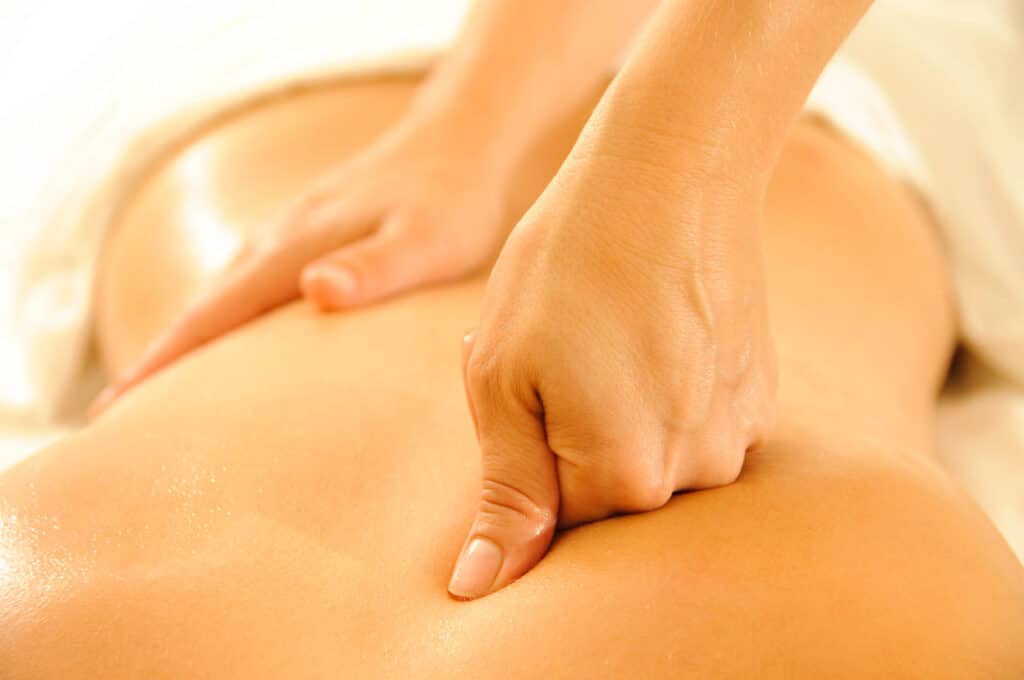
Massage therapy is more than just a way to relax—it’s a valuable part of women’s health and well-being. From hormonal shifts and reproductive changes to emotional stress and physical tension, women experience a unique set of challenges that massage can effectively address. Whether you’re navigating pregnancy, managing menstrual discomfort, or simply looking for ways to unwind and restore balance, massage therapy offers targeted relief tailored to your needs. In this blog, we’ll explore the key benefits of massage for women, including how it supports hormonal health, eases pain, and promotes relaxation throughout different life stages.
How Massage Therapy Benefits Women
Massage therapy offers a wide range of physical and mental health benefits tailored to the unique needs of women across different life stages. Whether you’re managing the demands of work, pregnancy, parenting, or aging, regular massage can support both physical relief and emotional balance.
- Stress Reduction: Massage helps regulate the nervous system by lowering cortisol levels and boosting serotonin and dopamine, which can improve mood and reduce anxiety.
- Pain Relief: Many women experience chronic discomfort due to posture, menstrual cramps, tension headaches, or joint issues. Massage targets these areas to ease tension and reduce pain naturally.
- Improved Circulation: Enhanced blood flow supports the delivery of oxygen and nutrients to tissues, which can aid in muscle recovery, reduce swelling, and improve skin tone.
- Enhanced Flexibility and Mobility: Tight muscles can limit range of motion. Massage improves joint flexibility by releasing restrictions in connective tissues and muscles.
- Immune System Support: By stimulating lymphatic flow and reducing stress, massage helps the body defend against illness more effectively.
- Better Sleep Quality: Massage promotes relaxation and deeper sleep, particularly helpful for women experiencing insomnia due to stress, pregnancy, or hormonal fluctuations.
- Emotional Well-Being: The sense of physical connection and relaxation that massage provides can contribute to improved self-esteem, reduced anxiety, and overall emotional stability.
Whether you’re seeking relief from daily stress or support for a specific physical concern, massage therapy can be a valuable part of a woman’s health routine.
Hormonal Balance and Menstrual Discomfort: How Massage Helps
Massage therapy can play a supportive role in regulating hormonal fluctuations and relieving symptoms related to the menstrual cycle. By stimulating the circulatory and lymphatic systems, massage helps the body flush out excess hormones and maintain a more balanced internal environment. This can be particularly helpful for women who experience symptoms of PMS, such as mood swings, fatigue, and bloating. Abdominal massage techniques are especially effective in relieving menstrual cramps by relaxing the uterine muscles and easing tension in the lower back and pelvic area.
Additionally, massage has been shown to lower levels of cortisol—the body’s primary stress hormone—while increasing the production of endorphins and serotonin. This shift not only helps relieve physical discomfort but also contributes to improved mood and emotional regulation. Regular massage sessions can help promote hormonal harmony throughout the month and offer a natural alternative for managing period-related discomfort without medication.
Prenatal and Postnatal Care: Types of Massage Therapy Used
Massage therapy during and after pregnancy offers safe, targeted relief for the physical and emotional changes that come with motherhood. Prenatal massage helps ease tension in the lower back, hips, and legs, while also improving circulation, reducing swelling, and promoting restful sleep. A trained therapist uses side-lying positioning, soft cushions, and gentle pressure to ensure comfort and safety. After childbirth, postnatal massage focuses on relieving muscle soreness from labour, breastfeeding, and daily newborn care. It also helps rebalance hormones and supports mental well-being during recovery.
Common techniques used in prenatal and postnatal massage include:
- Swedish Massage: A gentle, flowing technique used to relax muscles, enhance circulation, and ease physical discomfort without deep pressure.
- Lymphatic Drainage Massage: A light-touch method that helps reduce swelling, stimulate the lymphatic system, and promote detoxification.
- Myofascial Release: Sometimes used postnatally to relieve tension in connective tissues and support muscular recovery.
- Customized Positioning and Pressure Adjustments: Therapists adapt each session based on the client’s stage of pregnancy or postpartum recovery, ensuring both safety and effectiveness.
When performed by a certified massage therapist, these techniques can help support a smoother, more comfortable experience during both pregnancy and postpartum recovery.
How Massage Therapy Aids in Managing Stress and Anxiety for Women
Massage therapy is widely recognized as an effective tool for managing stress and anxiety, especially for women who may experience heightened stress due to hormonal changes, caregiving responsibilities, or demanding schedules. Through gentle, therapeutic touch, massage calms the nervous system and reduces cortisol levels—the hormone associated with stress—while increasing the release of natural mood enhancers like serotonin and dopamine. This biochemical shift can lead to an immediate sense of relaxation and mental clarity.
Over time, regular massage can help regulate the body’s stress response, reducing the frequency and intensity of anxiety symptoms. It also supports better sleep by quieting the mind and easing physical tension that often builds up from emotional strain. For many women, massage becomes a dedicated time for self-care—an intentional pause in a busy life that allows both body and mind to reset.
Optimizing Health and Relaxation: How Often Should Women Get Massages?
The ideal frequency of massage therapy depends on a woman’s individual goals, lifestyle, and health concerns. For general stress relief, relaxation, and preventative well-being, monthly sessions are often sufficient to maintain a sense of balance and well-being. Women dealing with chronic pain, tension, or specific conditions such as migraines, sciatica, or hormonal imbalances may benefit from more frequent treatments, such as once a week or every two weeks.
Those navigating high-stress periods—whether due to work, caregiving, or physical transitions like pregnancy or menopause—may also find that increased frequency helps them manage both emotional and physical strain more effectively. It’s important to work with a trained massage therapist to determine a treatment schedule that aligns with your individual needs and supports your long-term health goals.
How Massage Therapy Supports Women Experiencing Menopause
Massage therapy can offer significant relief for women navigating the physical and emotional changes that accompany menopause. As hormone levels fluctuate, many women experience symptoms such as hot flashes, mood swings, joint stiffness, fatigue, and disrupted sleep. Massage helps address these issues holistically by improving circulation, reducing muscle tension, and calming the nervous system. This promotes deeper, more restful sleep and helps regulate the body’s internal temperature, which may lessen the intensity of hot flashes.
In addition, massage lowers stress hormones while boosting serotonin and dopamine levels, which can help stabilize mood and improve emotional well-being during this transitional time. Joint and muscle pain, often exacerbated by hormonal shifts, can also be relieved through targeted massage techniques that improve flexibility and reduce inflammation. For many women, massage therapy becomes a vital part of managing menopause naturally—supporting not just physical comfort, but emotional resilience and overall quality of life.
Health Precautions and Safety Tips for Women Seeking Massage
While massage therapy is generally safe and beneficial, it’s important to consider certain factors that may affect how sessions are delivered, particularly for women with specific health concerns or life stages.
- Pregnancy Considerations: Expectant mothers should seek therapists who are trained in prenatal massage. Certain pressure points, such as those around the ankles and lower back, should be avoided or used with caution during pregnancy to prevent stimulating uterine activity.
- Medical Conditions: Women with conditions like blood clots, uncontrolled high blood pressure, autoimmune diseases, or cancer should consult their healthcare provider before beginning massage therapy. Adjustments to pressure and technique may be necessary.
- Recent Surgeries or Injuries: Healing surgical sites, fractures, or sprains require extra care. In these cases, massage should only be performed once the area is stable and with professional guidance.
- Menstrual Cycle Sensitivity: Some women may prefer lighter pressure or specific areas of focus during certain phases of their menstrual cycle due to sensitivity, bloating, or cramping.
- Use of Medications: Blood thinners, hormone therapy, or medications that affect circulation or muscle response may influence how a massage should be performed.
- Open Communication: It’s essential for clients to inform their massage therapist about any changes in their health, discomfort during treatment, or personal preferences to ensure a safe and effective session.
By working with a qualified massage therapist who understands these considerations, women can enjoy the full benefits of massage while minimizing any risks or discomfort.
Relax, Rejuvenate, Thrive
Massage therapy provides a natural, supportive approach to managing the physical and emotional demands women face at every stage of life. Whether you’re dealing with stress, chronic tension, hormonal shifts, or recovering after childbirth, a personalized massage plan can help you feel more balanced, relaxed, and in tune with your body.At Body Works Physiotherapy in Scarborough, we offer massage therapy that’s tailored to support women’s health and well-being. Reach out today to schedule your session and discover the difference it can make in your daily life.

